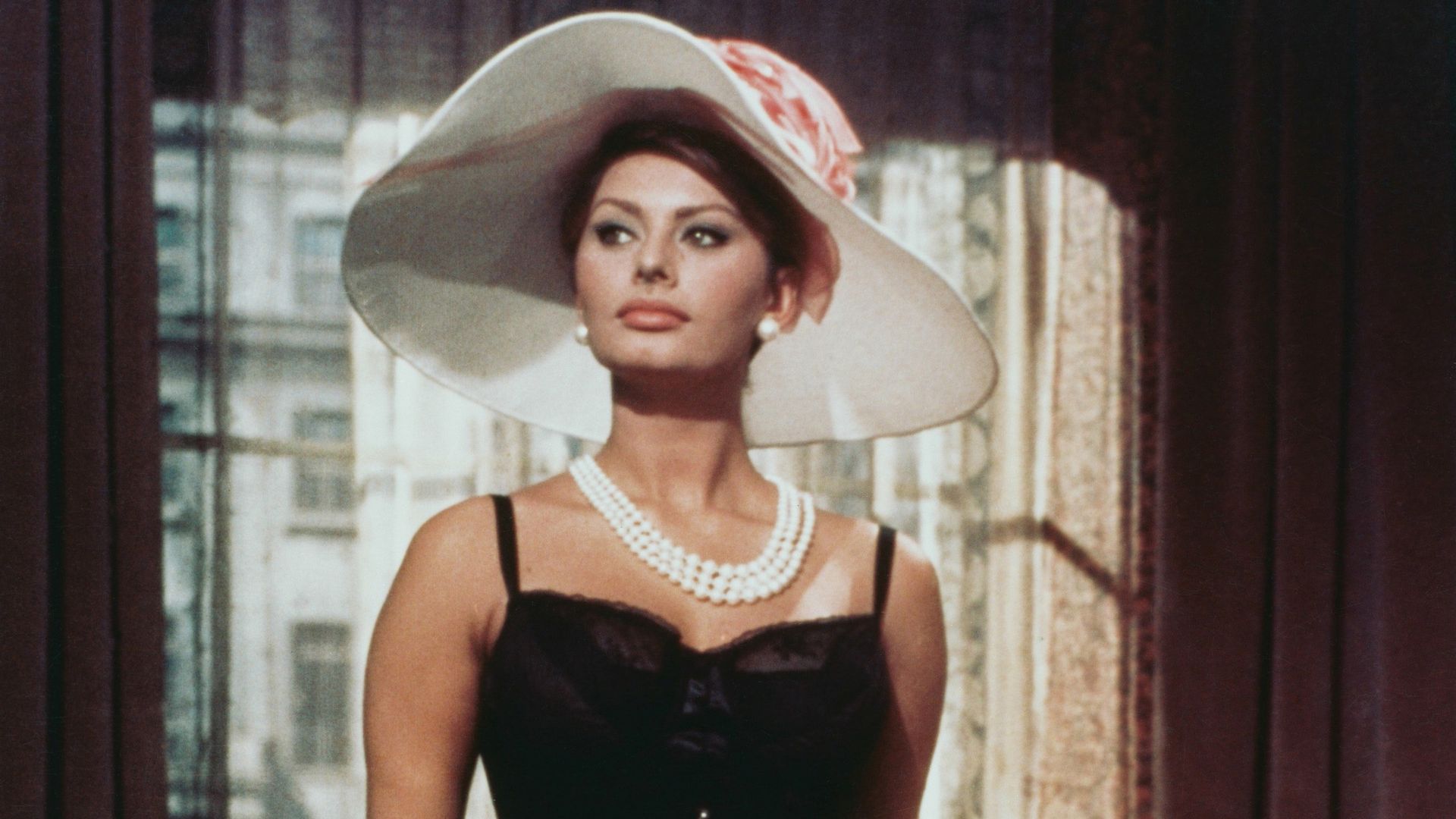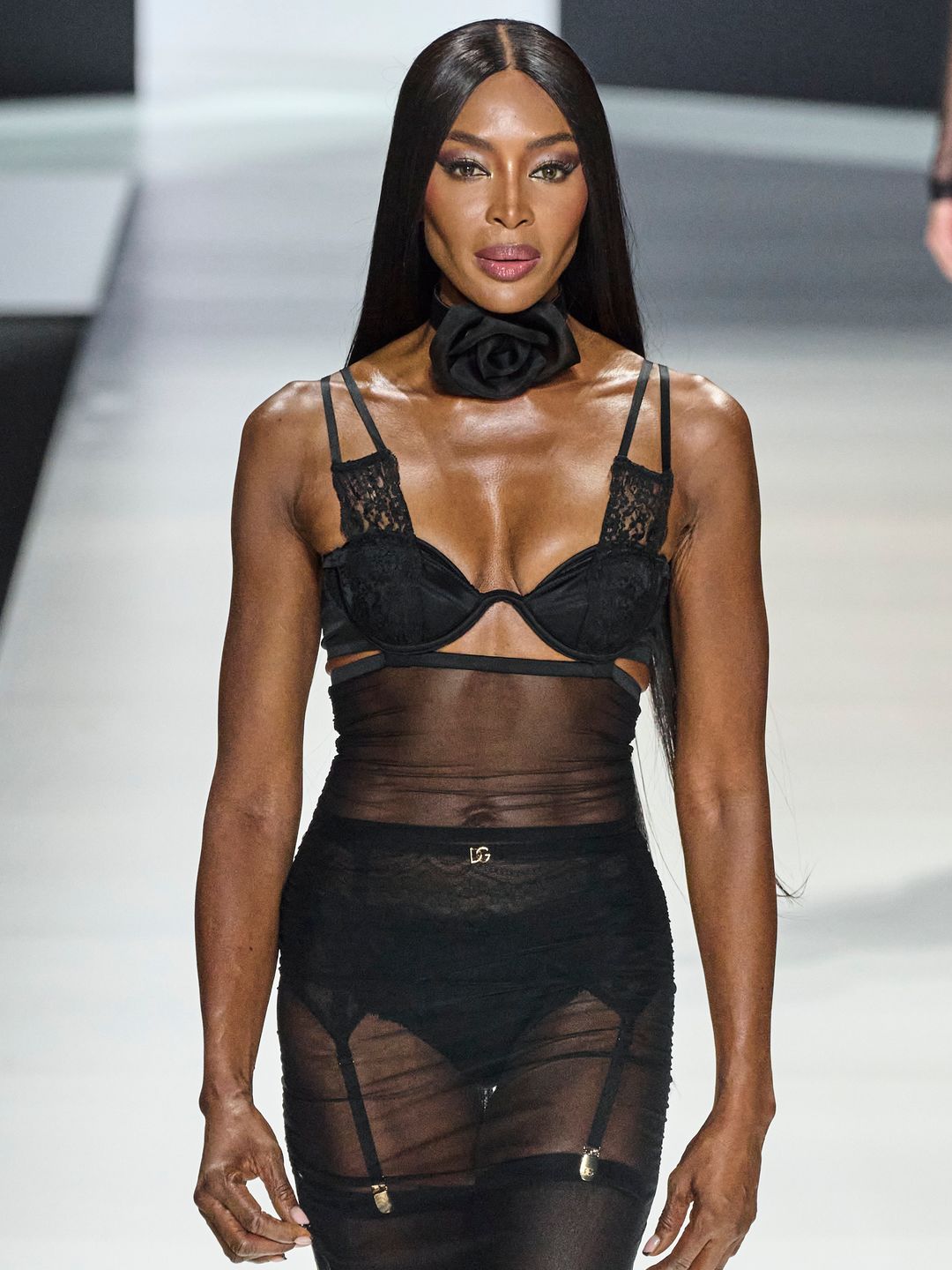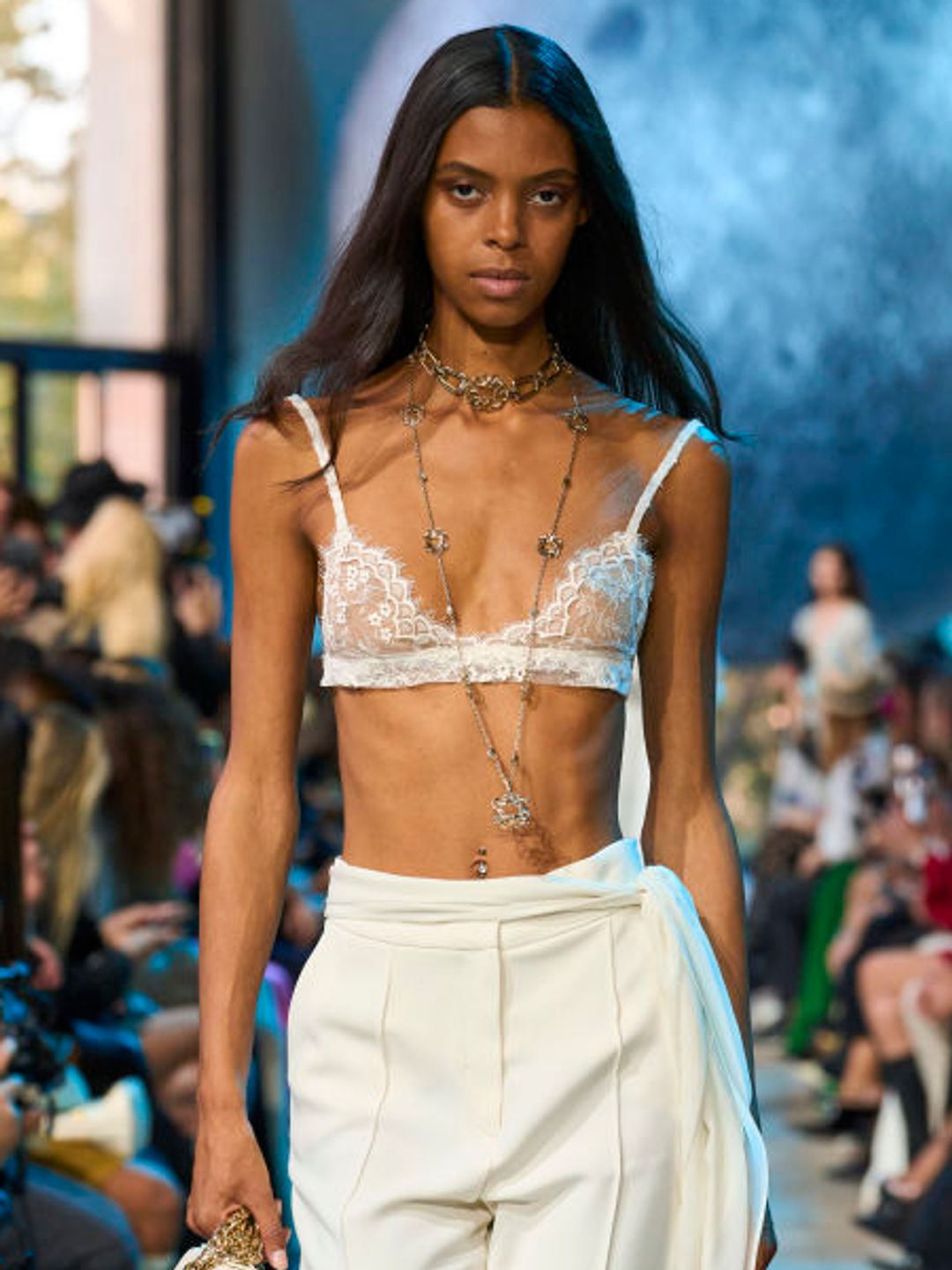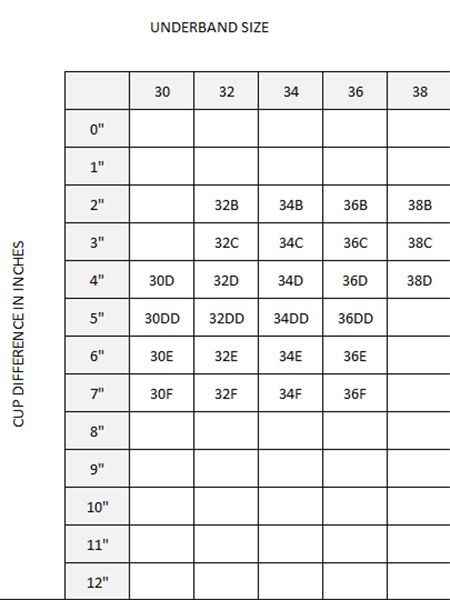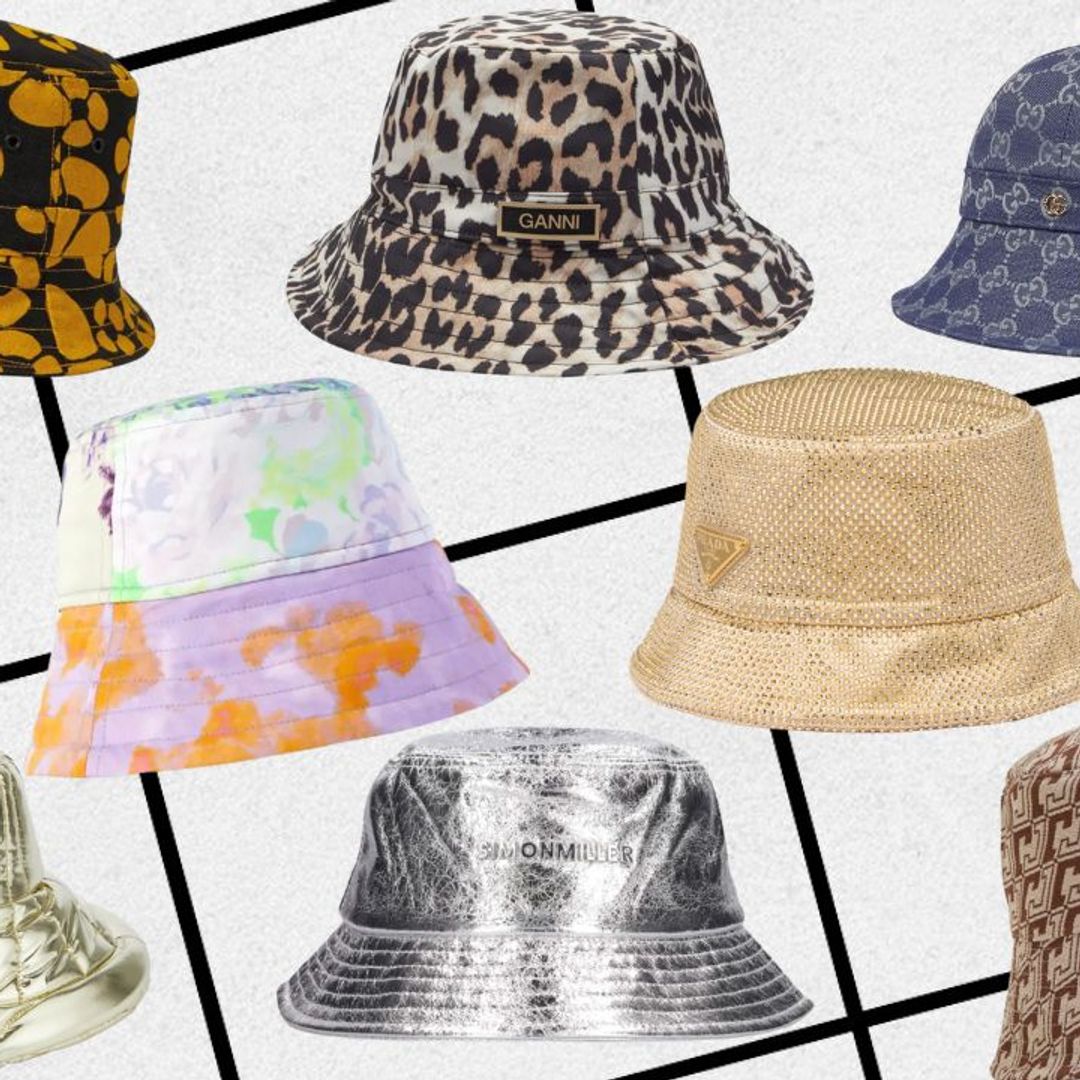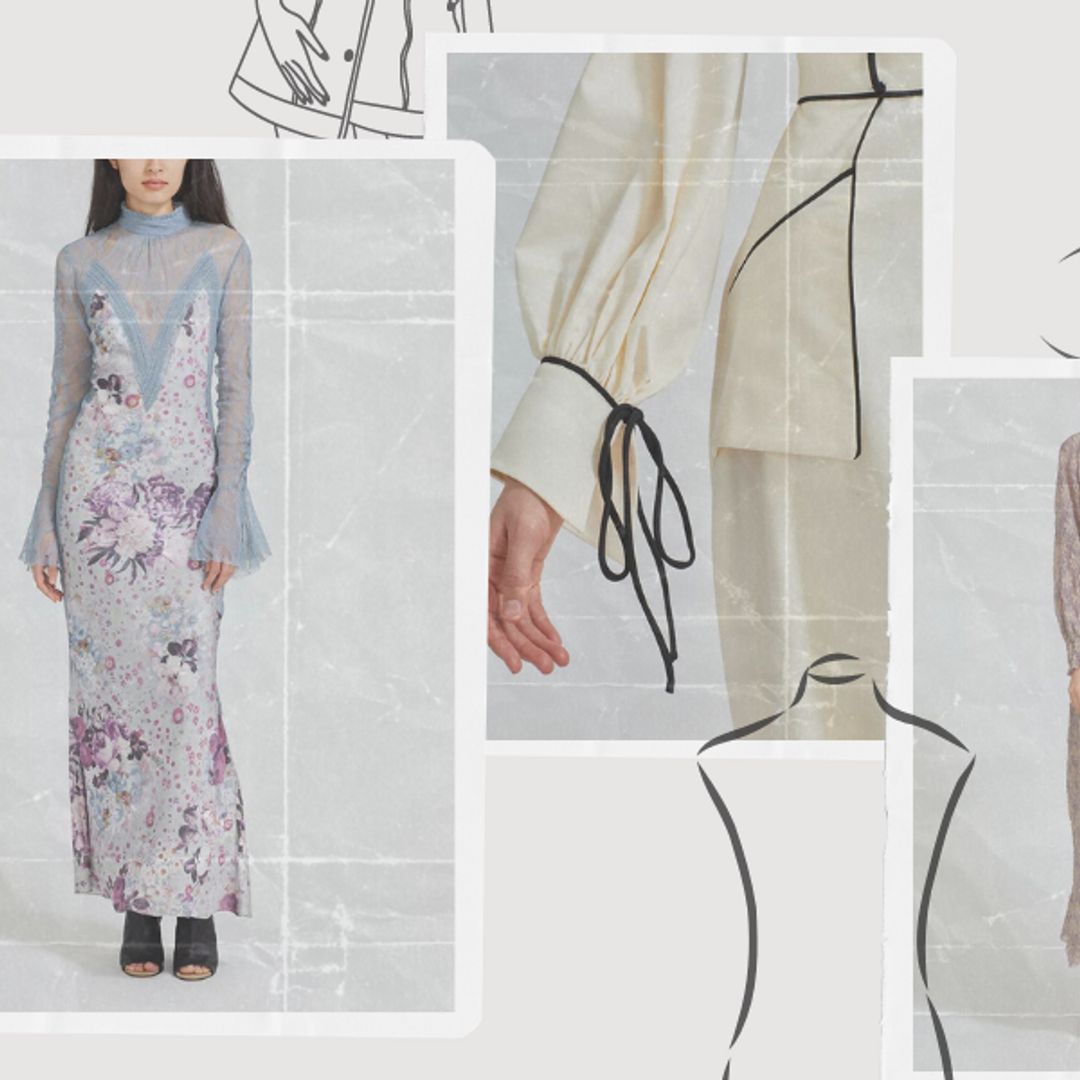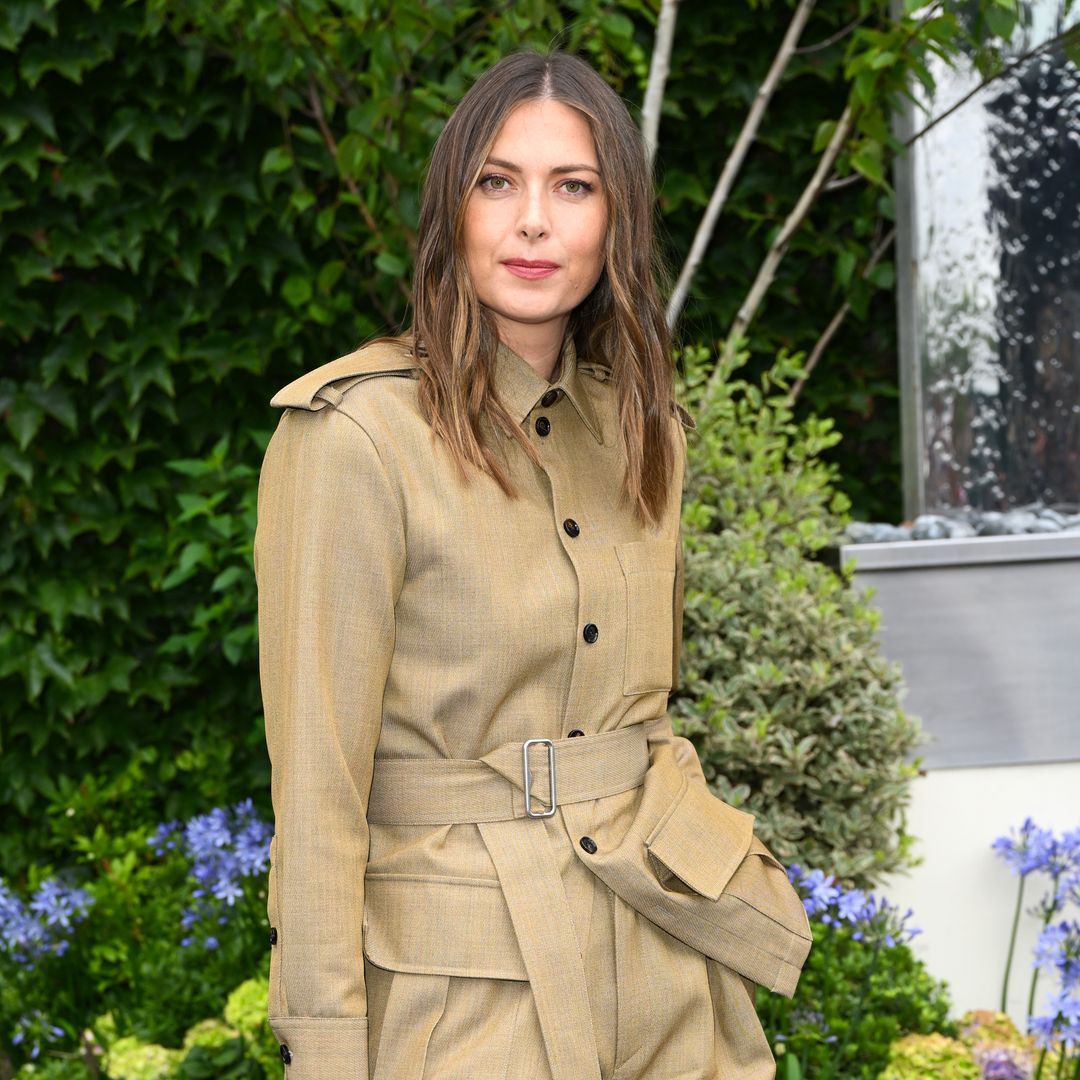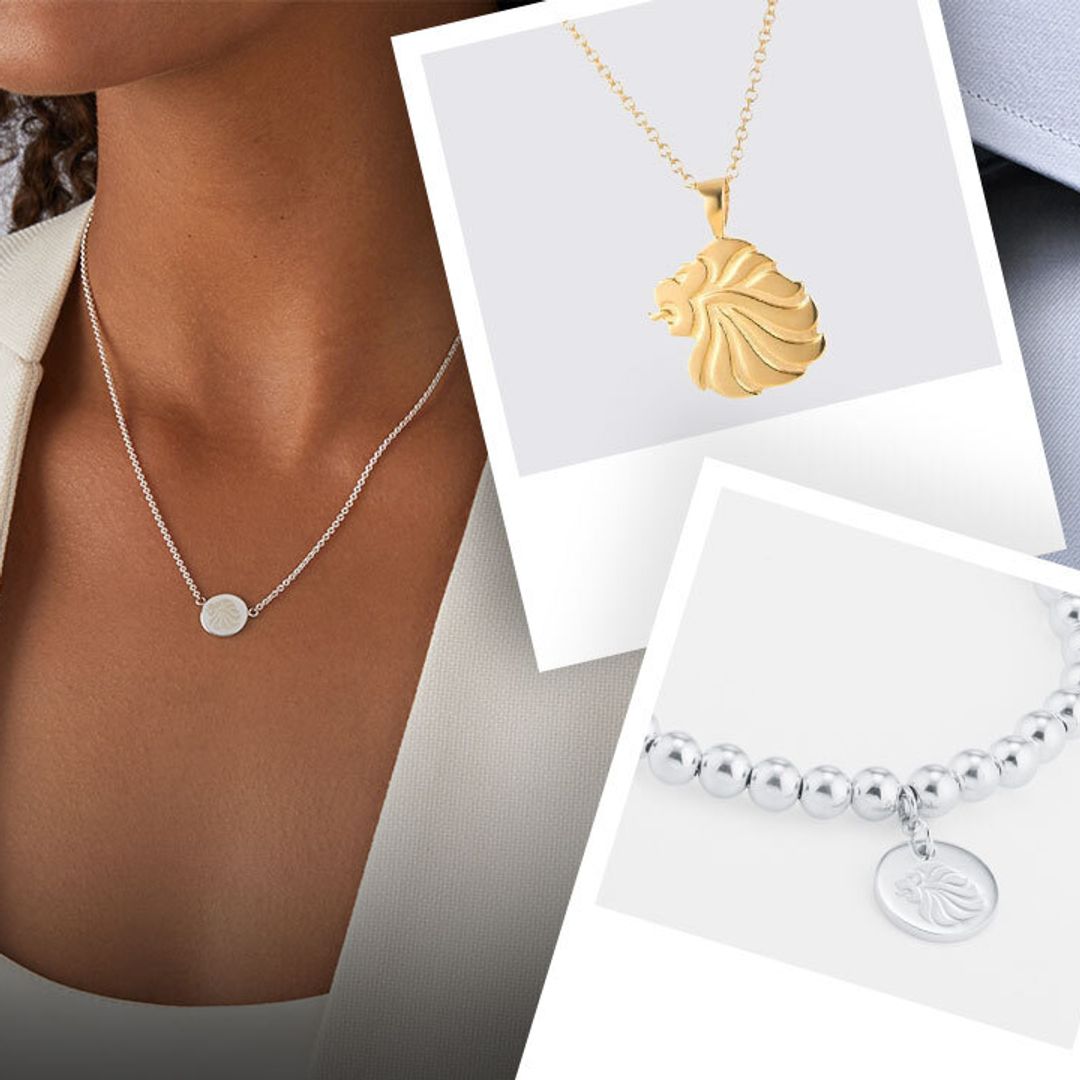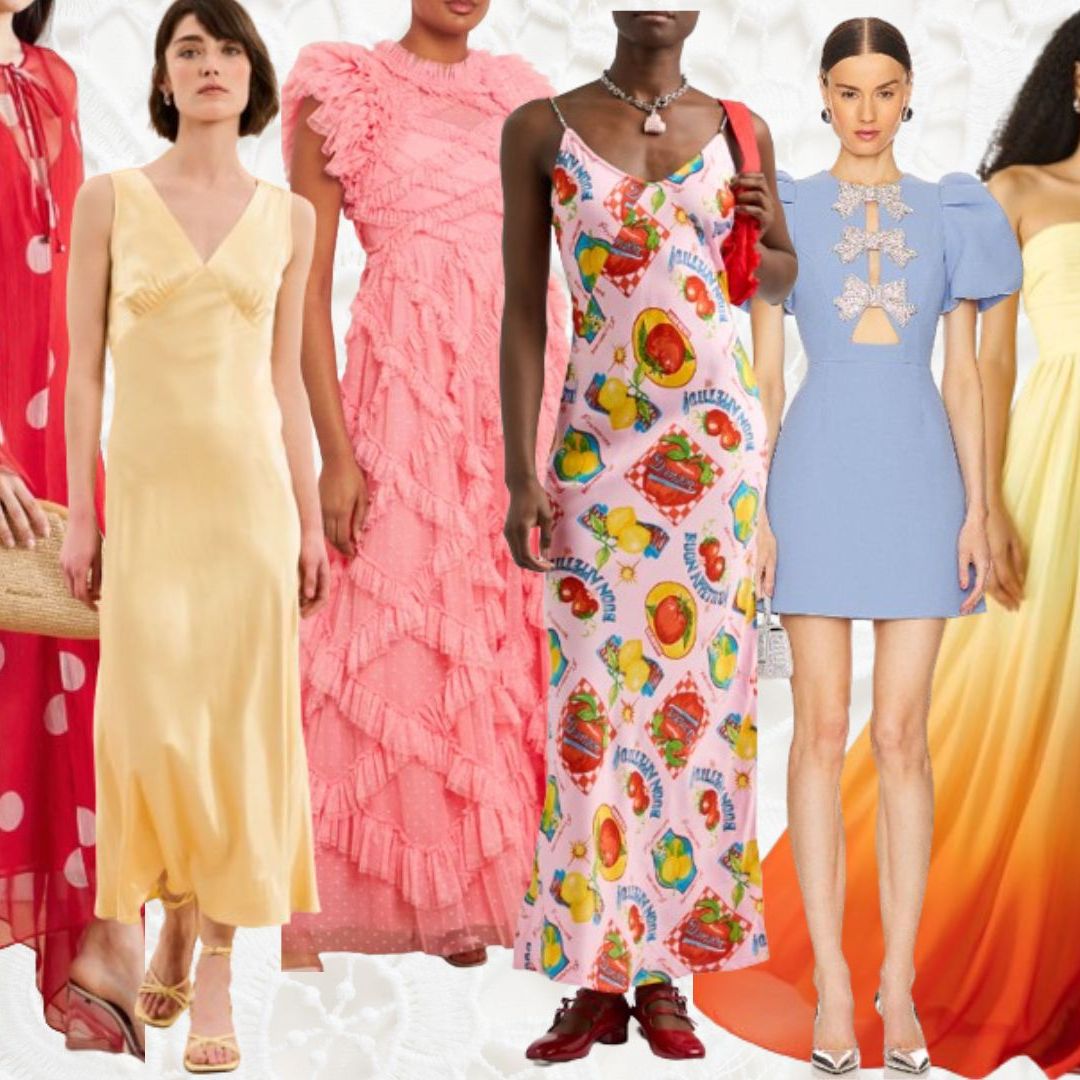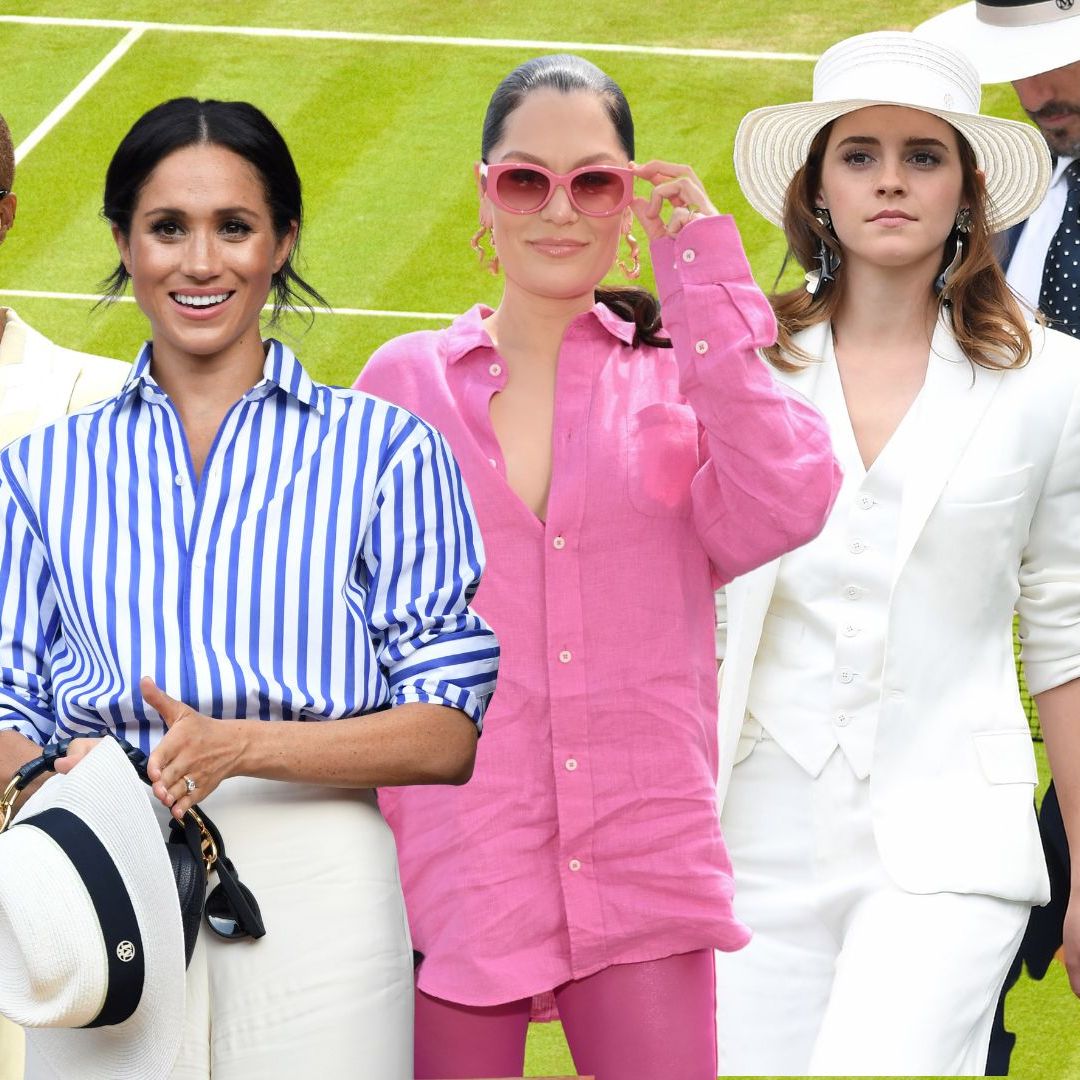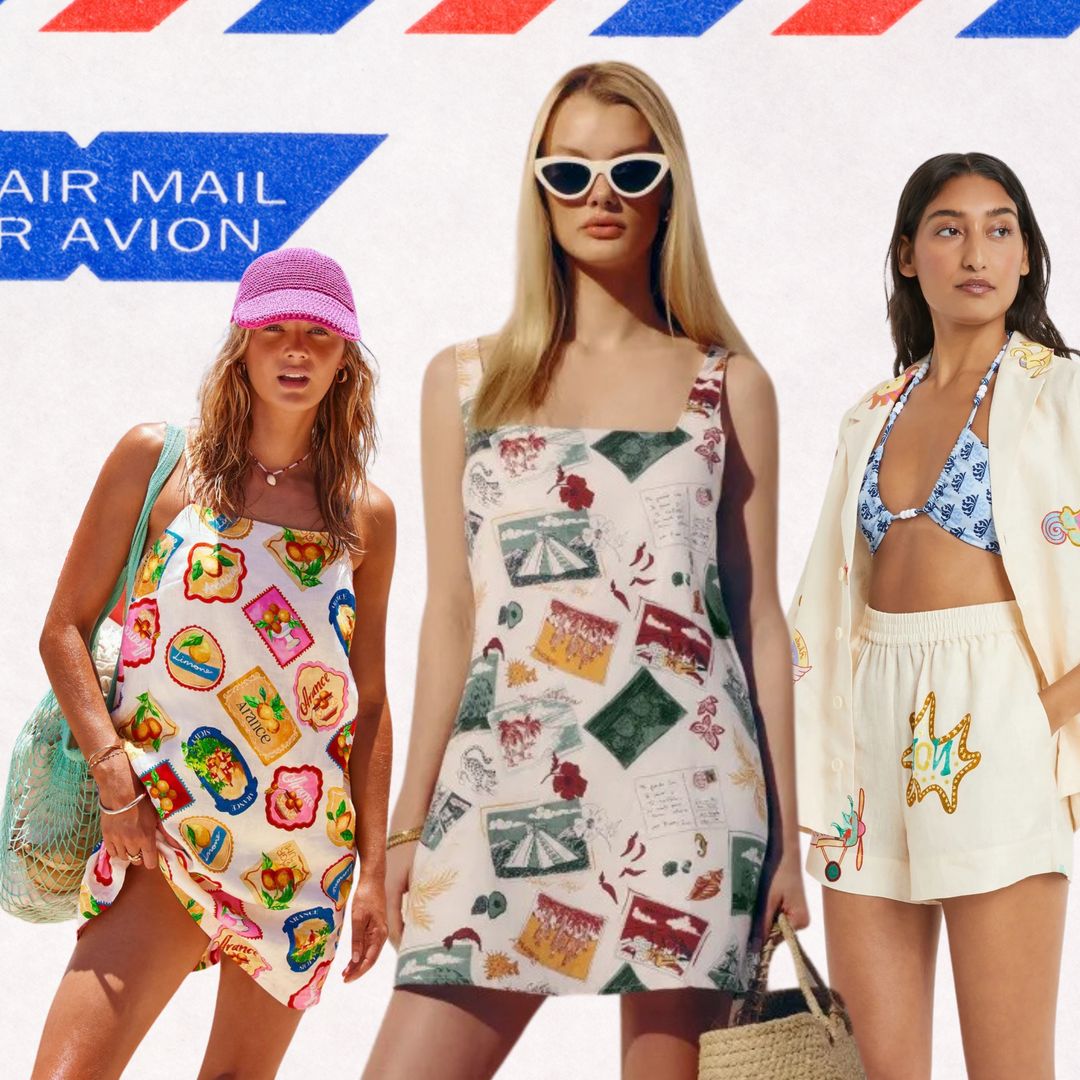Forget getting caught in a downpour or missing the last train, nothing has the ability to ruin your day like an ill-fitting bra.
Irrespective of whether putting on your bra is as ingrained in your morning routine as cleaning your teeth, or you only reach for one from time to time, knowing how to measure your size – properly – is crucial.
Getting your size measured in-person by a professional is a great starting point.
READ: Kim Kardashian's Skims 'nipple bra' is dividing the internet, here's why we love it
Lingerie experts know their stuff inside out, to the point where they might even size you up by eye, no tape measure necessary. But don't let the results dictate your entire bra collection.
Women's bodies fluctuate constantly, and it's really useful having a few different sizes in your top drawer to guarantee a bespoke fit on any given day.
READ: The 7 best luxury lingerie brands to have on your radar this Valentine’s day
MORE: The biggest lingerie trends of the moment
For this reason, and because shopping in-store may not be an option, you may need to work out your size at home.
Despite the internet's often confusing and conflicting tips and tricks, this process is actually less complicated than it seems, and we've caught up with intimates expert and CEO of luxury lingerie label Coco de Mer Lucy Litwack to help you achieve the perfect fit.
Why is wearing the right size so important?
A correctly fitting bra is essential for comfort, support and maintaining a healthy posture, but it also can enhance the contours of your body and make you feel more confident. If you wear a bra that doesn't fit properly, this can lead to back and shoulder pain, skin irritation and sagging, among other issues.
Common bra sizing mistakes
- Wearing your bra on the tightest hook. "This could mean you are wearing a band size that is too big and the shape of the cup and spring of the wire will be the wrong size for you, therefore not giving you the support you need," Lucy explains. "Ideally a bra should fit comfortably on the loosest hook and eye when first purchased and you should be able to fit two fingers under the underband with ease."
- Having bra straps that are too loose or too tight. "The underband of a bra front and back should always sit parallel to the floor. If your bra is riding up at the back it not only impacts your posture but puts pressure on your shoulders."
- Opting for a smaller bra to increase cleavage. "This is a big no-no and can be really damaging to your breast tissue," Lucy says. "You can tell quite quickly if you are wearing a bra that is too small. It will feel restrictive and uncomfortable, and the front central gore of the bra (where the two wires meet in between the bust) should always sit flush to the chest bone. If the bra is creating a ridge in the top of the breast tissue, it's time to move up a cup size."
How to measure your bra size with a tape measure
Stand upright and braless with a tape measure to hand. It may be handy to position yourself in front of a full-length mirror so you can check that the tape remains level all around your body.
1. Band measurement
The band size is the measurement around your ribcage where the underband sits. Measure around your underbust, keeping the tape level and snug against the body.
"The tape should sit where the band of a bra would typically sit," Lucy explains. "Measuring in inches, round up to the nearest whole number and add five. If that number is even, that is your band size. If odd, round it up to the nearest inch to work out your band size."
2. Cup measurement
According to Lucy, the easiest way is to find your cup measurement is to wear an unpadded bra that you already own that fits you comfortably in the cup. "Keeping the tape level, measure around the fullest part of your chest and note down your number in inches," she says.
3. Find the difference
Subtract your band measurement from your cup measurement, the difference between the two will equate to your cup size. Lucy uses the following sequence: 0=AA; 1=A; 2=B; 3=C; 4=D; 5=DD; 6=F; 7=FF; 8=G; 9=GG; 10=H; 11=HH; 12=J; 13=JJ; 14=K, and so on.
4. Amalgamate the two
Combine your band size with your cup letter to work out your bra size. "While different brands, styles and fabrics will have different fits that need to be considered, this method is a great starting point if you are unsure of your size," Lucy says.
How do you know whether your bra fits properly?
Straps
A good fitting bra should neither gape, dig in, nor should the straps leave unsightly red indentations. It will sit "snug to your body without being tight" and ultimately you should forget you are wearing it throughout the day.
Band
Your bra should fit comfortably on the loosest hook and eye (when first purchased) and the underband should always sit parallel to the floor. "Remember the two-finger rule," Lucy points out. "You should be able to fit two fingers comfortably underneath the underband and one finger under the straps at the point of the shoulder."
Cups
Spillage is also a no-no, indicating that the cups are too small. "The breast tissue should never spill over the top of the bra or around the sides," Lucy says. "You should be able to lean forwards fully and not slip out of the cup."
Which bra style is best for you?
Personal preference is such a tricky beast, and everyone has such specific requirements of their own lingerie. But there are certain styles that go hand in hand with certain bust sizes and clothing silhouettes.
Underwire bra
Underwire designs are great for providing a sense of structure. The fit is supportive and can allow a better lift than other non-wire styles.
Plunge bra
Plunge silhouettes are excellent for creating cleavage and lift – ideal for those with outward facing busts as the shape will bring the breasts in. "It is a great shape for anyone who struggles with the gore of their bra not sitting flush to their chest," Lucy says. "For those requiring a little extra lift, we would always recommend opting for a plunge bra with a crescent pad at the base of the cup."
Balcony bra
Balcony styles are best suited to fuller busts. The straps sit to the side of the cup, rather than the top, meaning they are great for lifting the bust up and creating central cleavage.
Triangle bra and soft cups
Triangle shapes and soft cups are suited to those who dislike underwires. "High apex triangle bras offer the most support and are good for wearers who have a fuller bust whereas the classic triangle cup bra is ideal for those who need a little less support and want something minimal against the body," Lucy explains. "Higher neck soft cups offer more coverage but also can add a little drama to an outfit."
Like this story? Sign up to our Hello! Fashion newsletter to get your weekly 'Fashion Fix' delivered straight to your inbox.
